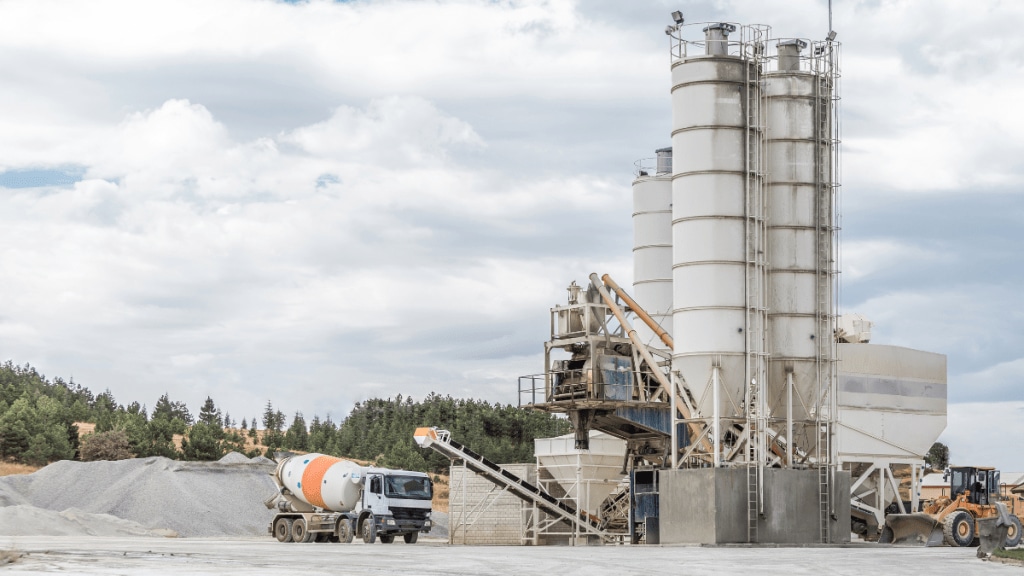India’s cement industry is poised for significant capacity addition and capital expenditure by FY28. As per a Crisil Ratings’ report, the cement sector will see 160-170 million tonne capacity addition between FY26 – FY28, a 75 per cent higher growth than the last three fiscal years.
“Over FY26-FY28, the cement makers are expected to see healthy incremental demand of 30-40 MT annually, prompting a strong growth in capacities.” Anand Kulkarni, Director, Crisil Ratings, said
Kulkarni added that the distribution of incremental capacities may not be linear, though. “For instance, this fiscal is likely to see commissioning of 70-75 MT, which could moderate capacity utilisation in the near term,” he elaborates.
The report noted that in the upcoming financial year, major cement companies are expected to substantially increase their spending to achieve the target output. Overall, the cement sector will see a total capex of about Rs 1.2 lakh crore between FY26 to FY28, Crisil Ratings says.
Cement sector: Key factors to watch
The Crisil report stated that in the past fiscal, the cement industry increased its capacity utilisation to 70 per cent, up from an average of 65 per cent over the last decade, to match demand.
Demand growth is the primary factor behind the companies’ plans for a large capacity addition and capital expenditure. In the last three years, the cement sector saw robust demand growth, with volumes clocking a compound annual growth rate (CAGR) of 9.5 per cent. Major segments, such as infrastructure and housing, are key contributing factors to the recent demand growth.
Another important factor that Crisil highlighted is that 65 per cent of the capacity addition will be coming from brownfield projects (expansion of existing sites). The move will give the cement maker a financial leverage as it entails a shorter construction period and limited land acquisition requirement, resulting in lower capital cost and fewer implementation challenges.
Cement sector: Capex outlook
The Crisil report noted that the expected capex of Rs 1.2 lakh crore in the upcoming three financial years is about 50 per cent higher than that of the last three fiscal years.
“Capex intensity is expected to remain range-bound at 0.8-0.9 time, ensuring limited reliance on external debt. This will keep credit metrics steady, with net debt to EBITDA expected at ~1.1 times going forward, similar to the average of the past three fiscals.”, says Parth Shah, Associate Director, Crisil Ratings
Additionally, about 10-15 per cent of the capex in the cement sector is expected to go to green energy and cost efficiency.

